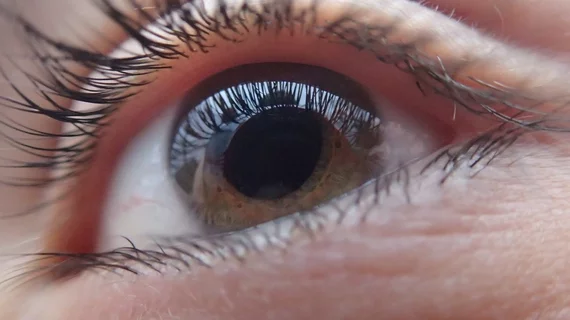Inattentional or perceptual blindness may cause even the most experienced radiologist to miss obvious abnormalities in diagnostic images, according to a new study.
Psychology researchers with the University of Utah and other institutions recently made this discovery after asking 50 physicians to read chest CT images, looking specifically for lung cancer. Two-thirds completely missed a sizable incidental breast mass in the same scan and one-third overlooked an abnormal lymph node, experts reported in the Psychonomic Bulletin & Review.
The problem appeared to persist across radiologists of varying tenure, signaling that understanding the clinical situation at hand may be more important than experience alone.
“Our research demonstrates that focusing narrowly on one task may cause radiologists to miss unexpected abnormalities, even if those abnormalities are critical for patient outcomes,” study author Lauren Williams, a recent University of Utah grad and postdoctoral scholar in San Diego, said in an announcement.
Attempting the experiment again but, instead, asking radiologists to read the same scan and report on a broader range of abnormalities, the results changed. Only 3% missed the breast mass while 10% overlooked the lymphadenopathy. The study authors suggested simple changes to avoid such misses in the future, including making a general assessment of the scan before seeking specific abnormalities, or utilizing checklists to help seek out commonly missed findings.
Artificial intelligence is another option, though the technology is only as effective as its programming. And oftentimes, algorithms are deployed to pinpoint very specific findings, not search the entire image for all possibilities, co-author Trafton Drew, an assistant professor and visual attention researcher with the University of Utah, said in the announcement.
“Radiologists might benefit from being thoughtful about what they are looking for rather assuming that if they see it they will perceive it,” Drew said. “AI has in some ways, the same limitation: It’s only going to be good at detecting what it has been taught to detect,” he added.
You can read the rest of the study in the Psychonomic Bulletin & Review, here.

